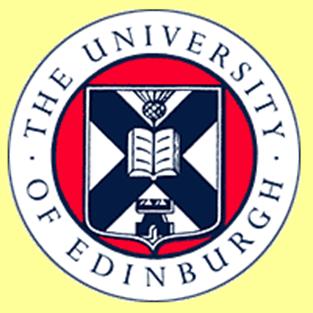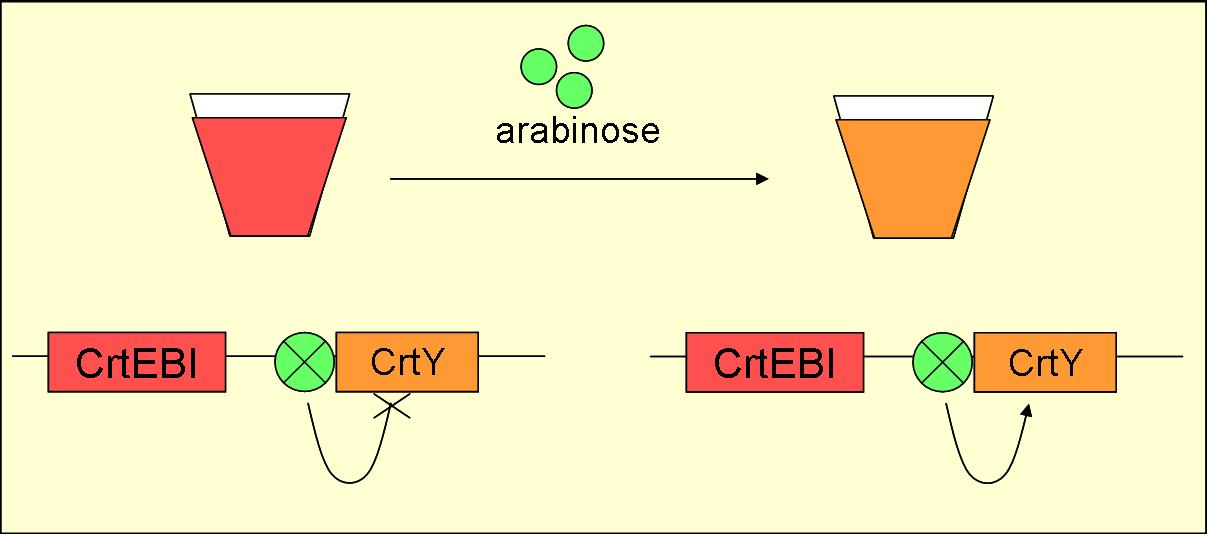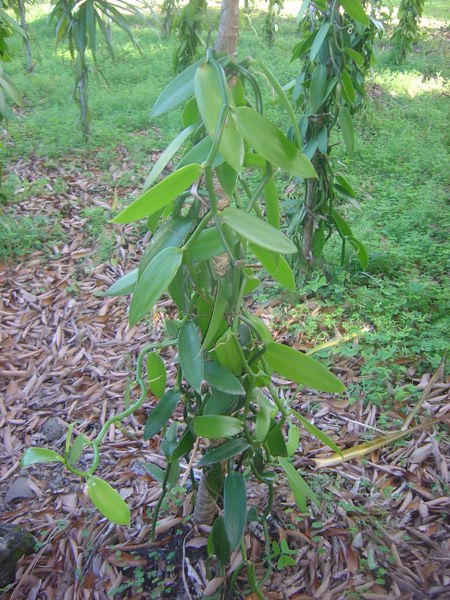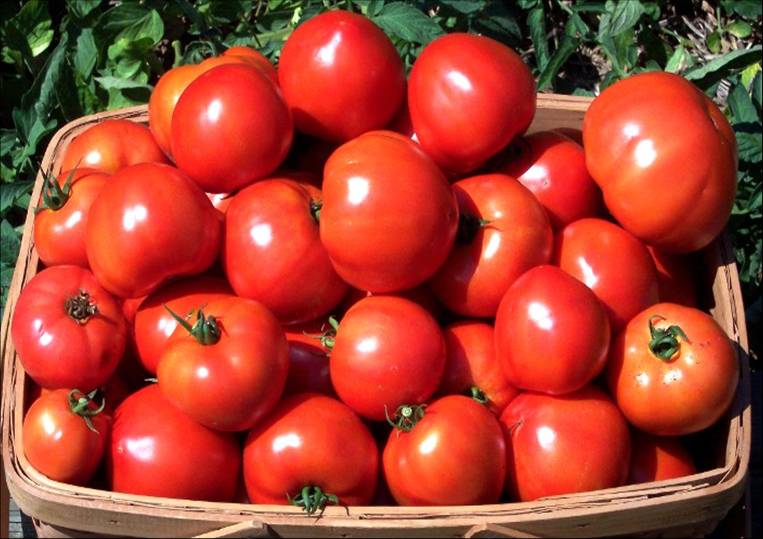Edinburgh/Yoghurt/Applications
From 2007.igem.org
(→Genetically modifying gram positive bacteria) |
(→Potential Medical Benefits of GM Food) |
||
| (15 intermediate revisions not shown) | |||
| Line 1: | Line 1: | ||
---- | ---- | ||
[[Image:Edinburgh Uni Logo.jpg|50 px]] | [[Image:Edinburgh Uni Logo.jpg|50 px]] | ||
| - | [[Edinburgh/Yoghurt| Introduction]] | [[Edinburgh/Yoghurt/Applications|Applications]] | [[Edinburgh/Yoghurt/Design|Design]] | [[Edinburgh/Yoghurt/Modelling|Modelling]] | [[Edinburgh/Yoghurt/Wet Lab|Wet Lab]] | [[Edinburgh/Yoghurt/Proof of concept|Proof of concept]] | [[Edinburgh/Yoghurt/References|References]] | + | [[Edinburgh/Yoghurt| Introduction]] | [[Edinburgh/Yoghurt/Applications|Applications]] | [[Edinburgh/Yoghurt/Design|Design]] | [[Edinburgh/Yoghurt/Modelling|Modelling]] | [[Edinburgh/Yoghurt/Wet Lab|Wet Lab]] | [[Edinburgh/Yoghurt/Proof of concept|Proof of concept]] | [[Edinburgh/Future| Future Directions]] | [[Edinburgh/Yoghurt/References|References]] |
---- | ---- | ||
| - | ===Self Flavouring Yoghurt=== | + | ===Self-Flavouring Yoghurt=== |
| - | + | [[Image:Sugar inducible promoters.jpg|thumb|Fig 1. How sugar induced promoters could be implemented|thumb|300 px]] | |
| - | + | The original idea from this project has a basis in simplifying the process for making yoghurt and increasing consumer choice. | |
| - | + | One of the ideas we came up with was to create Lactic Acid Bacteria (LAB), which contained several flavour and colour biosynthetic pathways, each induced by a different molecule. We hit upon the idea of using sugar (trehalose, maltose, arabinose etc.) inducible operons to initiate the synthesis of a particular flavour or colour biosynthesis pathway. This way the consumer could chose what colour and flavour yoghurt they wanted to eat that day, and make it by adding the sugar to induce the desired biosynthesis pathway. | |
| + | The reason for chosing sugar inducible promoters was to potentially enable the final product to be consumer friendly, i.e. safe enough to be eaten by the general public. This rules out the possibility of using the majority of inducible promoters already present in the registry (such as the Ptet promoter). The possible use of the Plac promoter was also ruled out, as milk contains high levels of lactose, which would result in the Plac promoter being continually active. | ||
| + | Figure 1, shows how a sugar inducible promoter (in this case arabinose) could be used to induce gene expression, which would result in the yoghurt colour changing from red to orange. | ||
| + | |||
| + | |||
| + | '''Possible sugar inducible promoters''' | ||
| + | |||
| + | We identified three promoters, which are activated by three different sugars, these are: | ||
| + | * Trehalose ([https://2007.igem.org/Edinburgh/Yoghurt/Design#Inducible_Gene_Expression see design section]) | ||
| + | * Maltose ([https://2007.igem.org/Edinburgh/Yoghurt/Design#Inducible_Gene_Expression see design section]) | ||
| + | * Arabinose (promoter may be found in registry under [http://partsregistry.org/Part:BBa_I0500 BBa_I0500]) | ||
===Why Vanillin?=== | ===Why Vanillin?=== | ||
| Line 31: | Line 41: | ||
The world market for natural vanilla flavouring is currently worth over $1 billion per annum, and each kilogram of vanilla extract can fetch as much as $3000! | The world market for natural vanilla flavouring is currently worth over $1 billion per annum, and each kilogram of vanilla extract can fetch as much as $3000! | ||
| - | Our project will enable the natural | + | Our project will enable the "natural" biosynthesis of vanillin (the major constituent of vanillia flavouring), from the amino acid tyrosine. It is thus a totally biosynthetic pathway, unlike other biotransformation pathways developed for the production of vanillin from wood components such as ferulic acid. |
| Line 42: | Line 52: | ||
* several papers report the possibility of upregulating the tyrosine biosynthesis pathway. This could be utilised to increase vanillin production | * several papers report the possibility of upregulating the tyrosine biosynthesis pathway. This could be utilised to increase vanillin production | ||
| - | As vanillin will be produced by a living organism, and not chemical synthesis, our novel pathway constites a natural source of vanillin, and the final product could be marketed as such. Potentially, the successful and efficient production of vanillin from a natural metabolite (tyrosine) could lead to a | + | As vanillin will be produced by a living organism, and not chemical synthesis, our novel pathway constites a natural source of vanillin, and the final product could be marketed as such. Potentially, the successful and efficient production of vanillin from a natural metabolite (tyrosine) could lead to a cheaper industrial scale method of natural vanilla flavour production. |
More information about vanilla flavouring and its production may be found on [http://en.wikipedia.org/wiki/Vanilla wikipedia] | More information about vanilla flavouring and its production may be found on [http://en.wikipedia.org/wiki/Vanilla wikipedia] | ||
| - | |||
| - | |||
| - | The carotenoids produced by the zeaxanthin pathway are not just pretty pigments as they also have several world | + | ===Bonuses of the Zeaxanthanin Pathway=== |
| + | |||
| + | The carotenoids produced by the zeaxanthin pathway are not just pretty pigments as they also have several world reknowned health benefits! | ||
| - | The properties of both | + | The properties of both beta-carotene and lycopene have been avidly studied by scientists. A few examples are given below. By incorporating these carotenoids into our yoghurt, we are not only using healthy food colourings, but we are also helping to protect future consumers from diseases such as cancer, heart disease and nyctalopia (poor dark adaptation). |
[[Image:Carrots.jpg|thumb|B-carotene: gives carrots their orange colour]] | [[Image:Carrots.jpg|thumb|B-carotene: gives carrots their orange colour]] | ||
| - | ===== | + | =====Beta-carotene===== |
| - | + | Beta-carotene is converted into vitamin A by the body. Vitamin A is essential for vision, immune response, epithelial cell growth and repair, bone growth, reproduction and maintenance of the surface linings of the eyes, to name a few examples. | |
Deficiency in vitamin A can cause: | Deficiency in vitamin A can cause: | ||
| Line 68: | Line 78: | ||
=====Lycopene===== | =====Lycopene===== | ||
| - | [[Image:Tomartoes.jpg|thumb|lycopene gives | + | [[Image:Tomartoes.jpg|thumb|lycopene gives tomatoes their red pigment]] |
| - | Lycopene | + | Lycopene, a red carotenoid, is an intermediate in the zeaxanthin pathway. Several studies have reported the benifits of having a high dietary intake of lycopene, a few examples of which are given below. |
| - | Lycopene is reported to be an extremally | + | Lycopene is reported to be an extremally beneficial antioxidant: |
{|align="center" style="width:100%; border:2px #a3b1bf solid; background:#f5faff; text-align:left;" | {|align="center" style="width:100%; border:2px #a3b1bf solid; background:#f5faff; text-align:left;" | ||
| Line 89: | Line 99: | ||
---- | ---- | ||
| - | [[Edinburgh/Yoghurt| Introduction]] | [[Edinburgh/Yoghurt/Applications|Applications]] | [[Edinburgh/Yoghurt/Design|Design]] | [[Edinburgh/Yoghurt/Modelling|Modelling]] | [[Edinburgh/Yoghurt/Wet Lab|Wet Lab]] | [[Edinburgh/Yoghurt/Proof of concept|Proof of concept]] | [[Edinburgh/Yoghurt/References|References]] | + | [[Edinburgh/Yoghurt| Introduction]] | [[Edinburgh/Yoghurt/Applications|Applications]] | [[Edinburgh/Yoghurt/Design|Design]] | [[Edinburgh/Yoghurt/Modelling|Modelling]] | [[Edinburgh/Yoghurt/Wet Lab|Wet Lab]] | [[Edinburgh/Yoghurt/Proof of concept|Proof of concept]] | [[Edinburgh/Future| Future Directions]] | [[Edinburgh/Yoghurt/References|References]] |
---- | ---- | ||
Latest revision as of 00:04, 27 October 2007
 Introduction | Applications | Design | Modelling | Wet Lab | Proof of concept | Future Directions | References
Introduction | Applications | Design | Modelling | Wet Lab | Proof of concept | Future Directions | References
Contents |
Self-Flavouring Yoghurt
The original idea from this project has a basis in simplifying the process for making yoghurt and increasing consumer choice.
One of the ideas we came up with was to create Lactic Acid Bacteria (LAB), which contained several flavour and colour biosynthetic pathways, each induced by a different molecule. We hit upon the idea of using sugar (trehalose, maltose, arabinose etc.) inducible operons to initiate the synthesis of a particular flavour or colour biosynthesis pathway. This way the consumer could chose what colour and flavour yoghurt they wanted to eat that day, and make it by adding the sugar to induce the desired biosynthesis pathway.
The reason for chosing sugar inducible promoters was to potentially enable the final product to be consumer friendly, i.e. safe enough to be eaten by the general public. This rules out the possibility of using the majority of inducible promoters already present in the registry (such as the Ptet promoter). The possible use of the Plac promoter was also ruled out, as milk contains high levels of lactose, which would result in the Plac promoter being continually active.
Figure 1, shows how a sugar inducible promoter (in this case arabinose) could be used to induce gene expression, which would result in the yoghurt colour changing from red to orange.
Possible sugar inducible promoters
We identified three promoters, which are activated by three different sugars, these are:
- Trehalose (see design section)
- Maltose (see design section)
- Arabinose (promoter may be found in registry under BBa_I0500)
Why Vanillin?
| Vanilla planifolia |
Vanillin is the major contributer to vanilla flavouring, which is utilised in a multitude of different products. These range from scents and fragrances, to cakes, orange juice and ice cream!
Vanilla flavouring is traditionally extracted from the orchid Vanilla planifolia, first discovered in Mexico, and now widely grown throughout the Americas and tropics.
The world market for natural vanilla flavouring is currently worth over $1 billion per annum, and each kilogram of vanilla extract can fetch as much as $3000!
Our project will enable the "natural" biosynthesis of vanillin (the major constituent of vanillia flavouring), from the amino acid tyrosine. It is thus a totally biosynthetic pathway, unlike other biotransformation pathways developed for the production of vanillin from wood components such as ferulic acid.
We chose tyrosine as our starting point for vanillin biosynthesis for the following reasons:
- endogenously produced by many bacteria, so there is no need to add a starter substrate
- present within milk proteins, will provide an additional tyrosine source for our yoghurt producing LAB
- required one less enzymatic step than phenylalanine
- several papers report the possibility of upregulating the tyrosine biosynthesis pathway. This could be utilised to increase vanillin production
As vanillin will be produced by a living organism, and not chemical synthesis, our novel pathway constites a natural source of vanillin, and the final product could be marketed as such. Potentially, the successful and efficient production of vanillin from a natural metabolite (tyrosine) could lead to a cheaper industrial scale method of natural vanilla flavour production.
More information about vanilla flavouring and its production may be found on wikipedia
Bonuses of the Zeaxanthanin Pathway
The carotenoids produced by the zeaxanthin pathway are not just pretty pigments as they also have several world reknowned health benefits!
The properties of both beta-carotene and lycopene have been avidly studied by scientists. A few examples are given below. By incorporating these carotenoids into our yoghurt, we are not only using healthy food colourings, but we are also helping to protect future consumers from diseases such as cancer, heart disease and nyctalopia (poor dark adaptation).
Beta-carotene
Beta-carotene is converted into vitamin A by the body. Vitamin A is essential for vision, immune response, epithelial cell growth and repair, bone growth, reproduction and maintenance of the surface linings of the eyes, to name a few examples.
Deficiency in vitamin A can cause:
- Abnormal dark adaptation
- dry skin, hair & broken fingernails
- decreased resistance to infections
Lycopene
Lycopene, a red carotenoid, is an intermediate in the zeaxanthin pathway. Several studies have reported the benifits of having a high dietary intake of lycopene, a few examples of which are given below.
Lycopene is reported to be an extremally beneficial antioxidant:
| "its unique structural and biologic properties enable lycopene to prevent free-radical damage to cells caused by reactive oxygen species, thus acting as a potent antioxidant" (Ansari & Ansari, 2005) |
Lycopene has also been inversely related with the risk of chronic disease, including prostate cancer and heart disease:
| "Dietary intakes of tomatoes and tomato products containing lycopene have been shown to be associated with decreased risk of chronic diseases such as cancer and cardiovascular diseases in several recent studies" (A Venket Rao, 2000) |
Introduction | Applications | Design | Modelling | Wet Lab | Proof of concept | Future Directions | References



